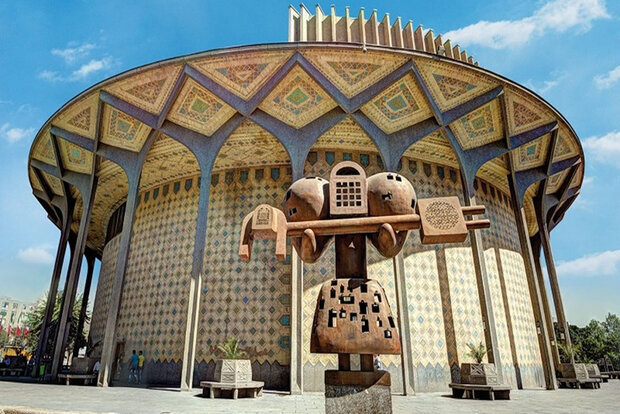Tehran City Theater to receive further safeguard as demarcation completes

TEHRAN – A team of experts has recently demarcated Tehran’s City Theater, paying the way for the cultural complex, which is widely considered as the sole professional center of theater in Iran, to receive further maintenance and care.
Legal properties and boundaries of Te’atr-e Shahr (the City Theater) were determined and approved on Monday by a team of experts afflicted with the Tehran Municipality, and the Ministry of Cultural Heritage, Tourism and Handicrafts, Mehr reported.
The demarcation project is aimed to pave the way for better conservation, landscaping projects of the monument, which is a national cultural heritage site.
The complex is considered the main outlet of Iran artistic theater. It contains several performance spaces including the halls of Cheharsou, Qashqai, Sayeh, the performance studio, and the main hall. The complex was designed by architect Ali Sardar Afkhami in the 1960s and opened to the public in 1972. After the 1979 Islamic Revolution, the Ministry of Culture and Islamic Guidance has overseen its operation.
The theater complex has no fences or walls, close to Valiasr intersection Daneshjoo Park (Student Park). It is divided into five halls, four of which are located on the ground floor and basement.
The City Theater is constructed as almost a replica of the 12th-century Tughrul Tower, which stands tall in Rey, southern Tehran. The monument enjoys a cylinder-shaped structure and is surrounded by columns similar to the Persepolis columns which made the structure like a tent.
Standing tall in the city of Rey, Tughrul Tower is the tomb of Seljuk ruler Tughrul Beg, who died in Rey in 1063. Originally, like other monuments of its time, it was capped by a conical dome which would have added to its height.
AFM
